News: Department of Physics and Astronomy
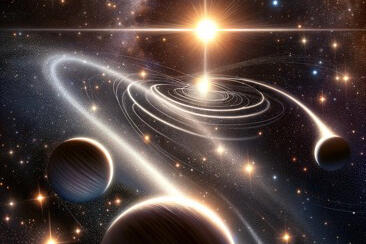
Study in Nature Astronomy theorizes that dense stellar clusters may eject pairs of giant planets, which remain gravitationally bound to one another.

A collection of news stories and highlights featuring UNLV students and faculty.
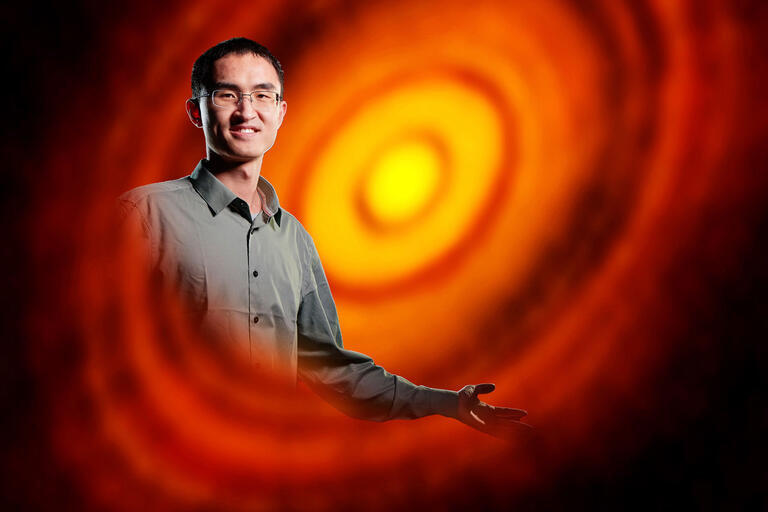
International student Shangjia Zhang lands a highly competitive NASA grant and UNLV graduate fellowship.

We checked in with UNLV astrophysicist Jason Steffen about his zippy method for boarding an aircraft and what kind of differences it can make.

A collection of news stories highlighting UNLV’s dedication to community and research.
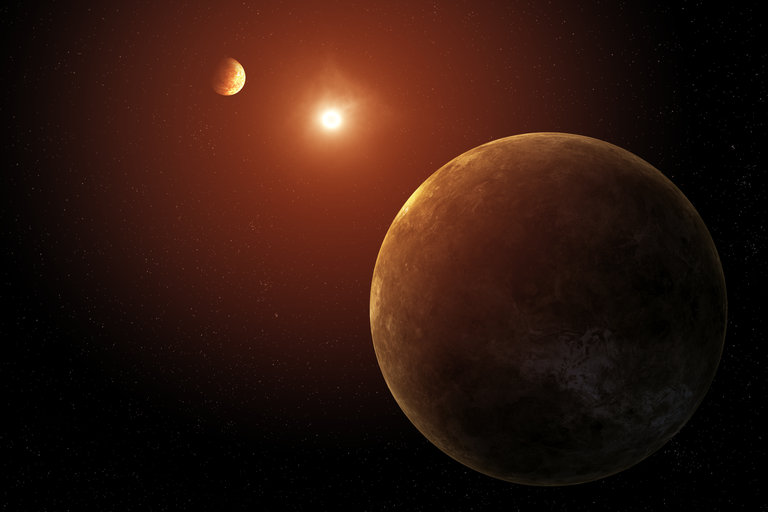
UNLV astrophysicist Jason Steffen worked on new NASA research that provides a deeper understanding of our solar system’s history and measuring exoplanets.
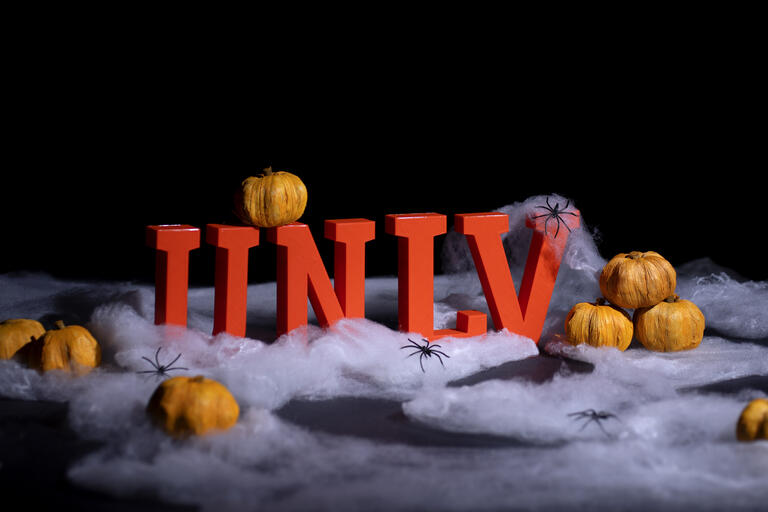
A collection of news stories focused on research, expert insights, and academic achievement.

A collection of news stories highlighting expert insights, research, and academic achievement.

A roundup of prominent news stories highlighting university pride, research, and community collaboration.

News stories from the summer featuring UNLV students and faculty.
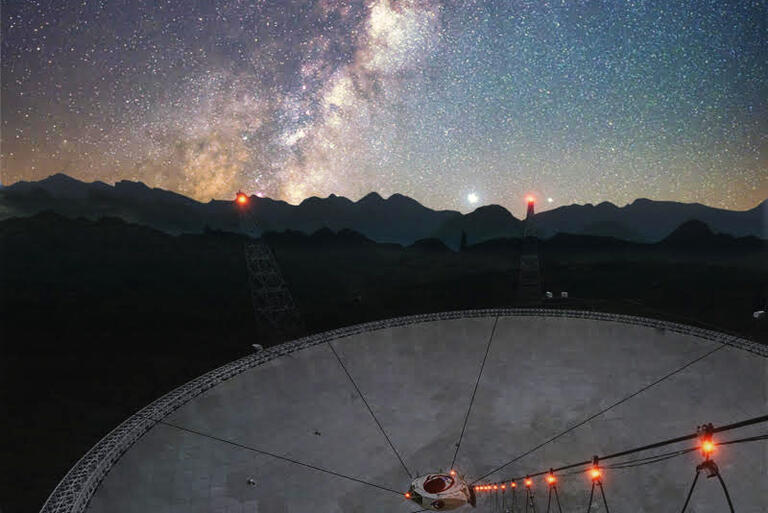
International team reports on a radio pulsar phase of a Galactic magnetar that emitted a fast radio burst in 2020; observations suggest unique origins for “bursts” and “pulses," which adds to FRB formation theory.
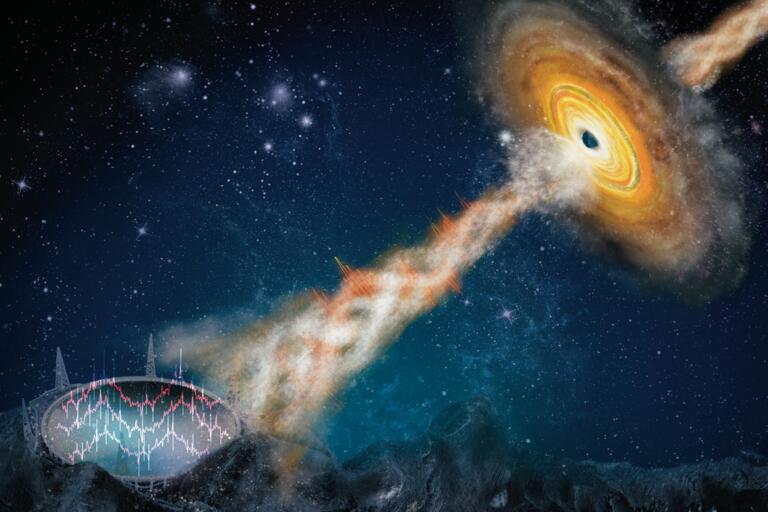
An international team of scientists reports in Nature the first detection of a quasi-periodic oscillation signal in the radio band from a Galactic black hole system.